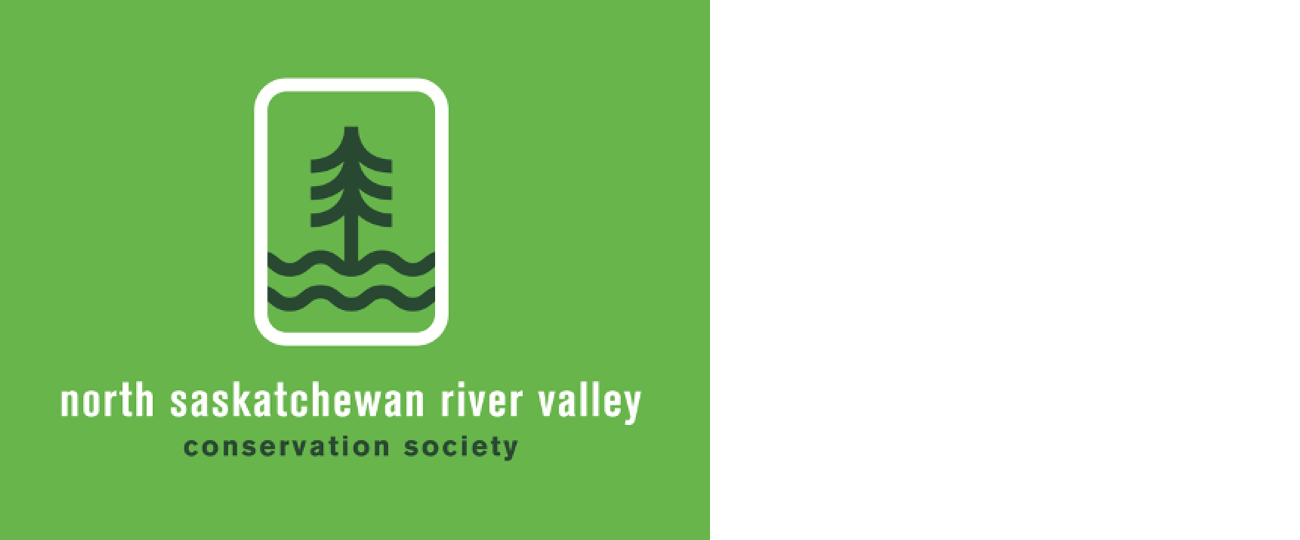Zoominescence a festival of light at YEG valley zoo
Zoominescence celebrates light, artistry, imagination, and the strong spirit of our community in the winter. The festival transforms the Edmonton Valley Zoo into a magical wonderland, starting December 1 and ending January 3, 2024.
The festival runs every weekend and for two full weeks around Christmas. Wander through the spectacular exhibition of artistic light installations, sip hot chocolate, interact with performers, take in an animal talk, and enjoy winter life in the North.
Walk-ups are always welcome, but advanced online booking for this popular event is strongly encouraged. Festival information and online booking at https://www.buildingourzoo.com/events/zoominescence/
Hawrelak Park pavilions to be designated a Municipal Historic Resource
Construction of what is now Hawrelak Park began in 1959 on the orders of mayor William Hawrelak. A naturalist at heart, Hawrelak wanted the Saskatchewan River valley to “fit into the overall park development of the City along the lines of the zoo, the golf courses and other picnic areas.” The old Mayfair Dump, a festering, waterlogged gravel pit west of the University, did not. Planning for a new park began in 1955, with funding coming “from the payment of 15 cents every time the city hauled a cubic yard of gravel out of it.”
Opened on Canada Day 1967, Edmonton’s newest “pretty jewel” quickly became “a beehive of activity.” Serving all that was a boathouse for lakeside rentals, a main pavilion including lockers and a concession, and two permanent picnic shelters, a third came in 1973. All four originals opened following its first Canada Day celebration, with the Main Pavilion inaugurated on February 3rd, 1968.
Architecturally, the pavilions are significant for their Organic Expressionist and West Coast Modernist influences. Maitland, Hucker, and Ricketts write in A Guide to Canadian Architectural Styles that “Expressionism was another approach to modern architecture.” Popularized in the 1960s and ‘70s, it rejected “the rigid form of Internationalism in order to exploit the structural and expressive possibilities of new construction techniques.”
West Coast Modernism drew inspiration from Frank Lloyd Wright’s architecture, the International Style, and Japanese residential design. According to the Vancouver Heritage Foundation, it incorporated “these elements into designs that responded to the climate, terrain and rainforest setting in which they worked,” its use in Prairie Edmonton is something of a welcomed anachronism. A contemporary article of the Journal cited “old Norwegian architecture” as another source of inspiration.
These pavilions remain an iconic feature of Edmonton’s landscape over a half-century later. All five buildings are on the December 5 meeting agenda of Council’s Executive Committee to be designated as a Municipal Historic Resource. https://www.forgottenedmonton.com/blog/hawrelak-park-pavilions
City committed to engaging with you on the National Urban Park
In August, City Council approved moving forward into the planning phase of the national urban park. This phase presents the opportunity to identify a proposed park boundary, vision, governance model, and explore funding opportunities. At the end of the planning phase, Council will determine whether to continue participating in the national urban park initiative.
Engagement will be an important focus during the planning phase, with opportunities for the public, stakeholders, and Indigenous communities to learn about the project and share their perspectives. The focus of engagement will be to provide perspectives on the proposed locations within the river valley and to understand potential impacts and opportunities.
Engagement planning is currently underway for 2024. Sign up to be kept informed at https://docs.google.com/forms/d/e/1FAIpQLSdgmTnvZmYXvMAuWT8qGqW6Y9sH9qVqkrKNPLaDF8mzUshjhg/viewform
On patrol in Edmonton’s river valley
Zain Haji, who was born and raised in Tanzania, came to MacEwan University with the goal of becoming a police officer, but had to change course when some hearing loss made him ineligible. He started exploring other career options. “I looked at becoming a peace officer within the City of Edmonton, and that kind of resonated with me.”
He started his peace officer career in animal control, but his passion for the outdoors led to Haji becoming a park ranger, a position he’s been in for the past six years. “We deal with everything from vehicles operating on park lands, to people cutting down trees, to people building unauthorized trails to picnic site disputes. How I talk to citizens plays a big role in my job,” he says.
Park rangers are the only peace officers with authority on the North Saskatchewan River within the city limits. They patrol the waters to ensure that those using the river are complying with the Canada Shipping Act and are engaging in safe boating practices. “We make sure they have all the safety equipment, life jackets, whistles, throw line, and to ensure they’re licensed,” says Haji.
Haji says that Edmontonians often fail to realize how lucky they are to have access to so much green space. But he sees that starting to change. “The COVID pandemic helped to push people into the river valley. Our river usage has increased almost 50 per cent over the last three years,” says Haji. “Utilize that river valley system. It’s out there, we’re keeping it safe and we want you to enjoy it.” https://www.macewan.ca/campus-life/news/2023/05/news-haji-park-ranger-23/
Afghan Mural by Instant Coffee, Commonwealth Community Recreation Centre. https://www.edmontonarts.ca/public-art/afghan-mural
Comment or contribution
Please note that articles may not reflect the position of NSRVCS. River Valley News is meant to be a clearinghouse for the wide variety of opinions and ideas about Edmonton’s River Valley. Email river valley photos, event information, comments, or questions to nsrivervalley@gmail.com

















